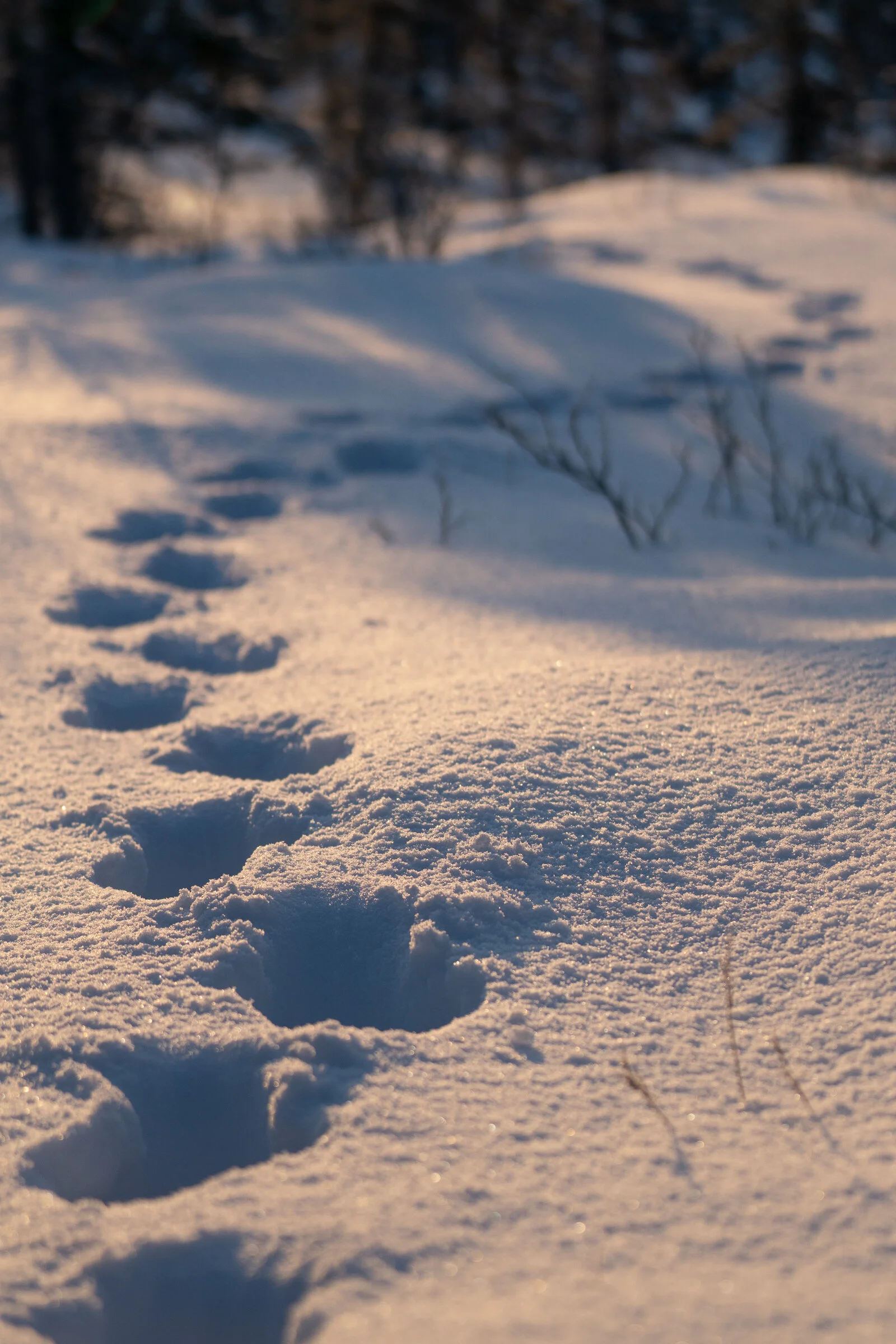
Lynx in Winter
Progress Report
Why "Lynx in Winter"?
It is because I want to reveal a life of lynx and the food chain relationship between the animal and snowshoe hare by taking photography. More specifically, I’d like to capture a scene where a lynx chases a snowshoe hare in the Taiga forest in winter. That is the wonderful display many people also want to see. The scene in the snowfield is the iconic (and ideal) background of the far north. As I can think of, It reminds people of the scene from "Wild Harmony" written by William Pruitt.
Why does lynx choose to live in such a harsh climate area? This is also one of the biggest questions I wanted to find out before I had moved from Japan to Alaska.
The answer can be derived by observing the ecology of lynx and snowshoe hare. Then I started researching the predator-prey relationship (Lotka–Volterra equations).
In mid winter in the Interior Alaska, it normally falls -25F. By radiative cooling, especially by nocturnal surface cooling, it can be reached minus 40 degrees on a clear day. In that day, physically, I can only act outside for a few hours. I also have to care about a high possibility of trouble with photographic equipment.
Lynx is called the ghost of the forest. As you know, they almost never appear in front of humans. Shooting is difficult but meaningful. Many people also think they want to see the behavior of Lynx at night.
For these reasons, I went to Wrangell St. Elias National Park to discover the hidden nature of Alaska...

Wrangell-St Elias National Park
Wrangell-St Elias National Park and Preserve, which borders Canada, is a part of the UNESCO World Heritage Site. 9,078,675 acres of the park and preserve are the largest wilderness area in the United States. In such a vast area, there are only two roads used by humans. This is a kind of place that keeps its pristine wilderness.
Among them, there is a settlement where the indigenous people live in. They live so quiet that I don't even notice when they are active while I’m on the field. Some of them go to work in the city of Glennallen, some hunt for moose, and some catch lynx then sell their fur to make a living.

Following the footsteps of lynx
Behavior of the road usage
On the north side of Wrangell-St Elias National Park, which I selected as the shooting location, there is a 40 miles unpaved road leading to a village. The GPS map above shows the lynx track. I was investigating how lynx use the road.
A two-and-a-half-year survey revealed the behavioral patterns of lynx: For the next few days after the snow, they tend to be hesitant to walk on the snow because the snow is still soft and their body would be sunk, although they have relatively huge "paws"! For this reason, they often use a human-made road with regular snowplow applied. Over time, as the snow crusts and hardens, their weight and their large feet prevent them from falling into the snow at all. Then, they don't use the road much. I have found this tendency.

Ghost of the Forest
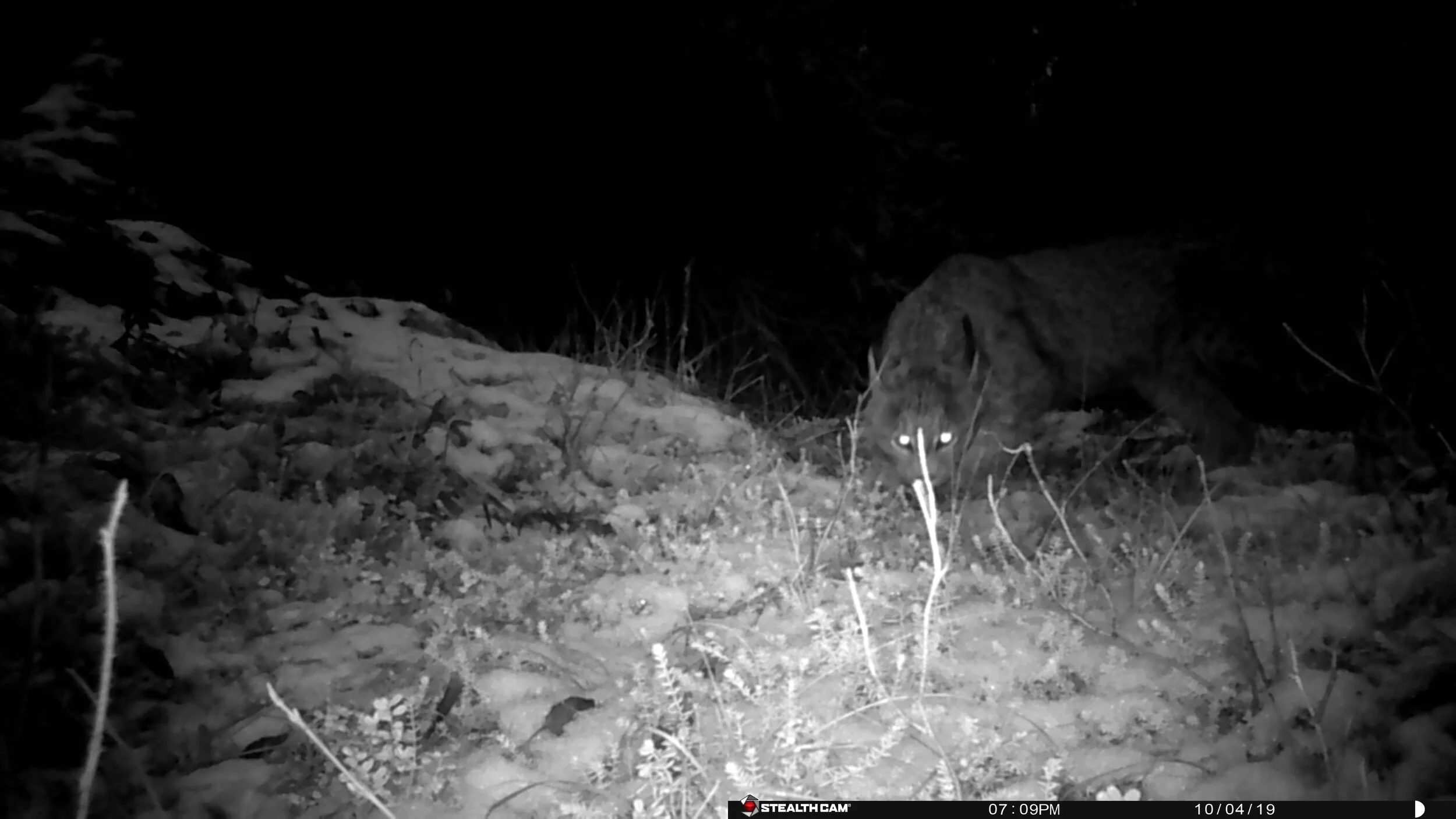
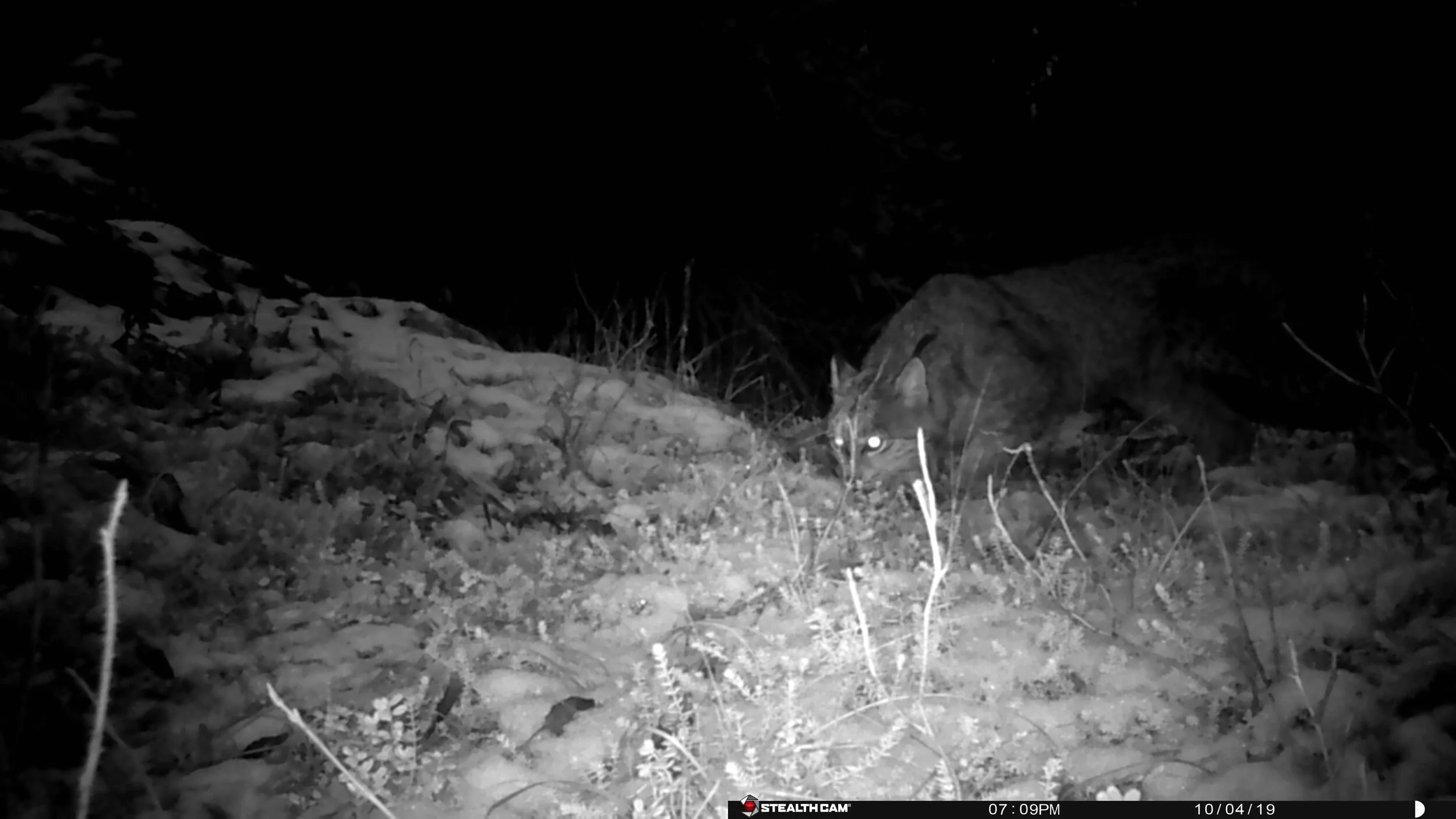
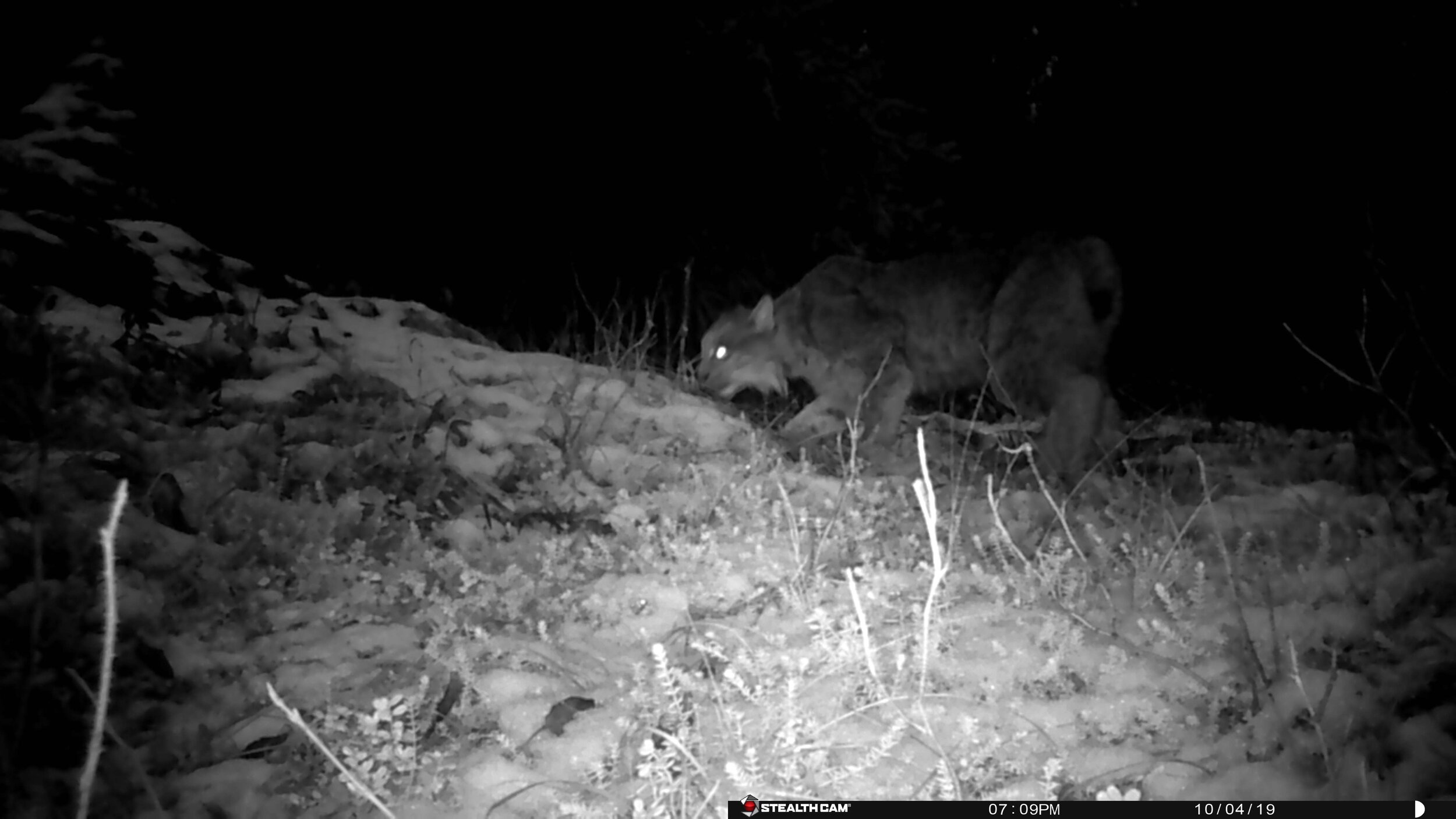



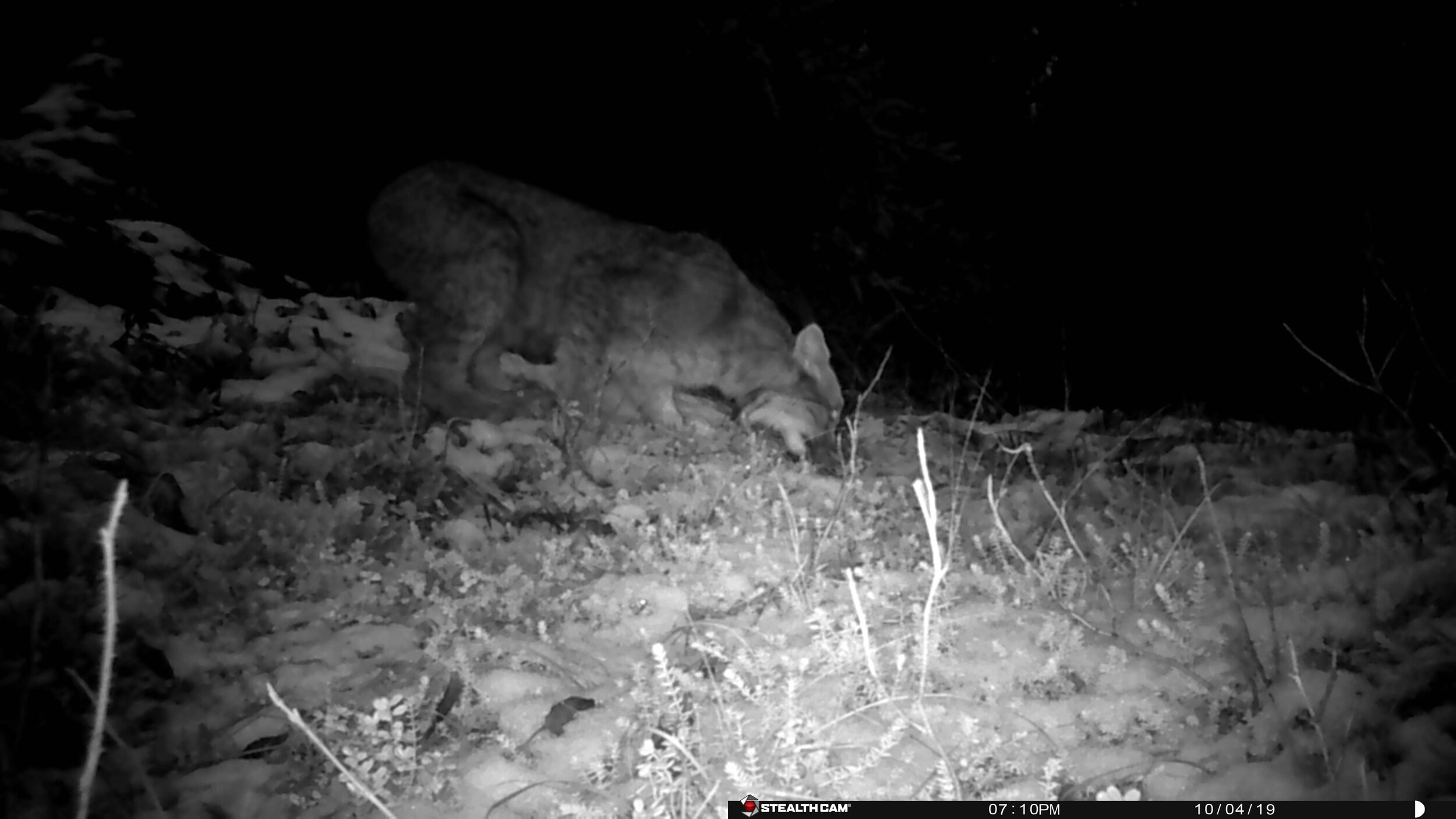
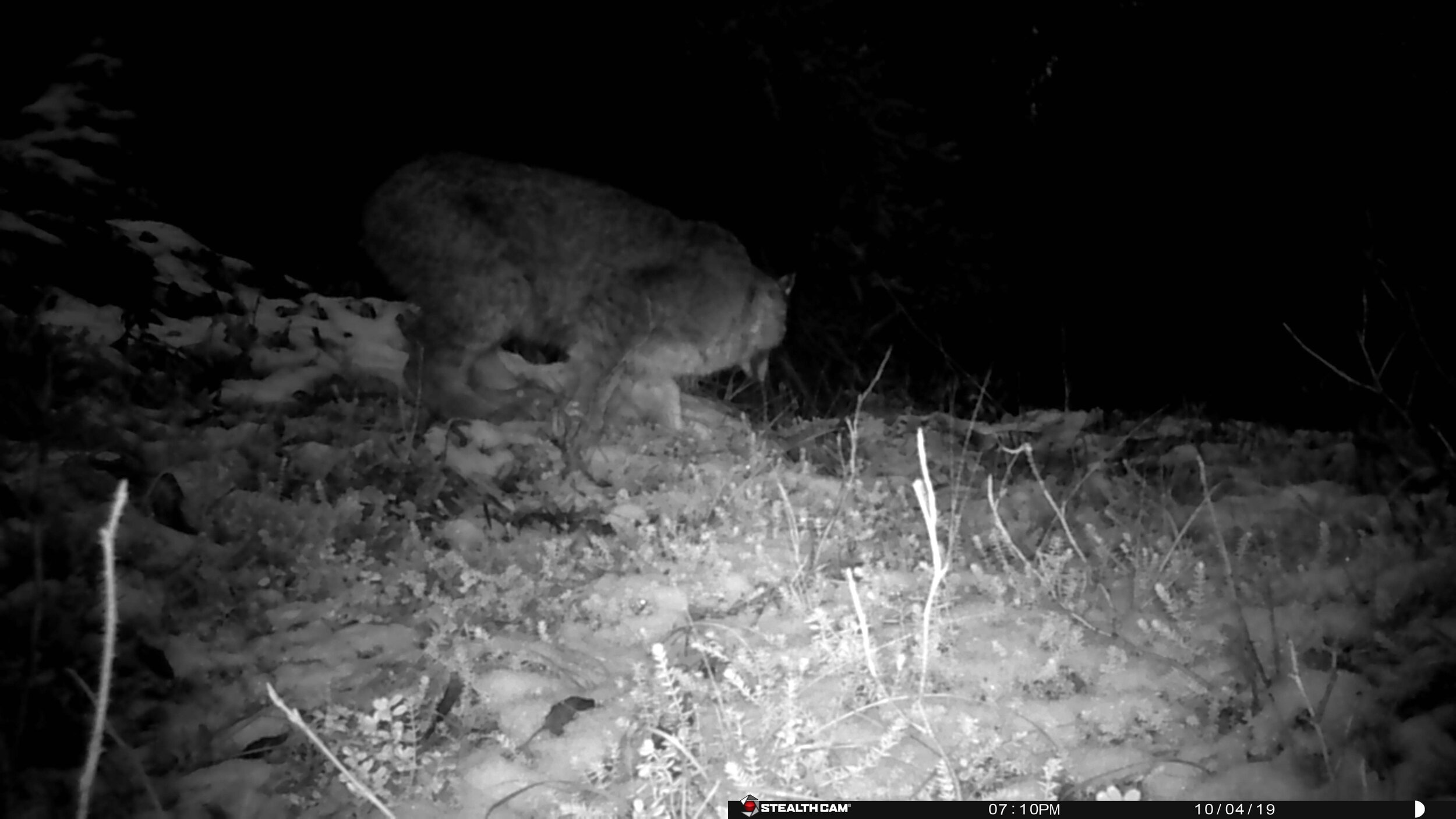
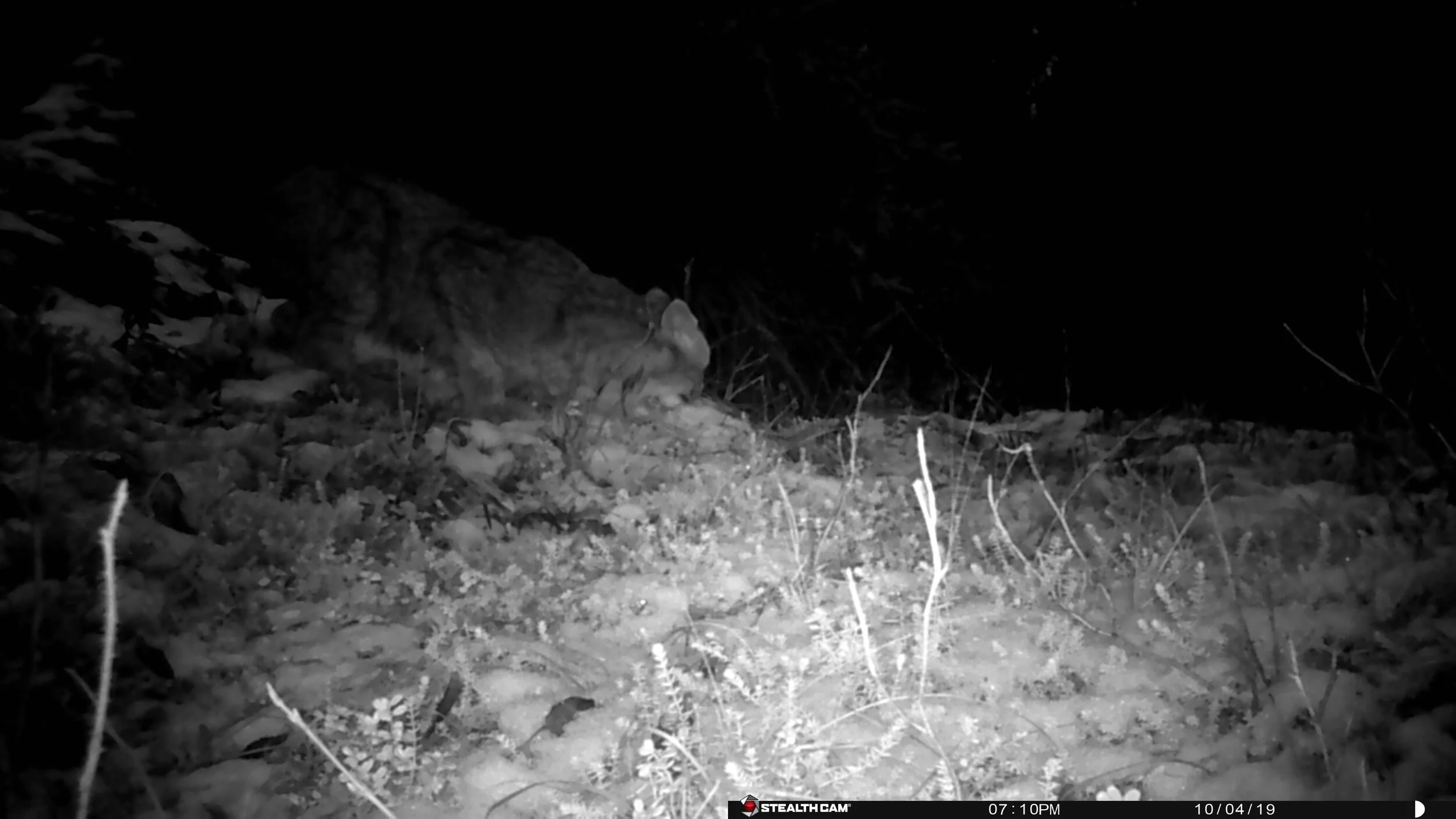


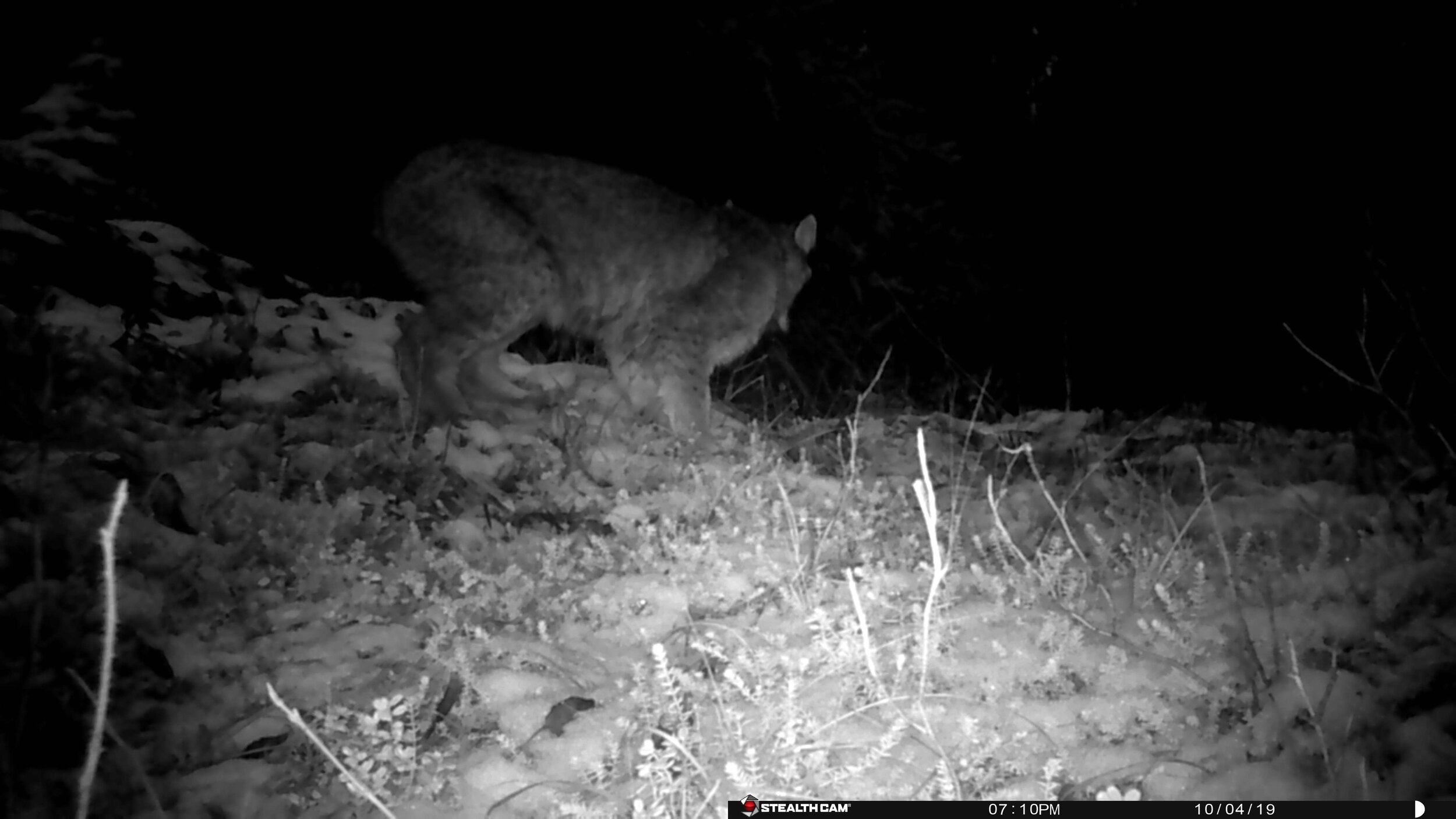
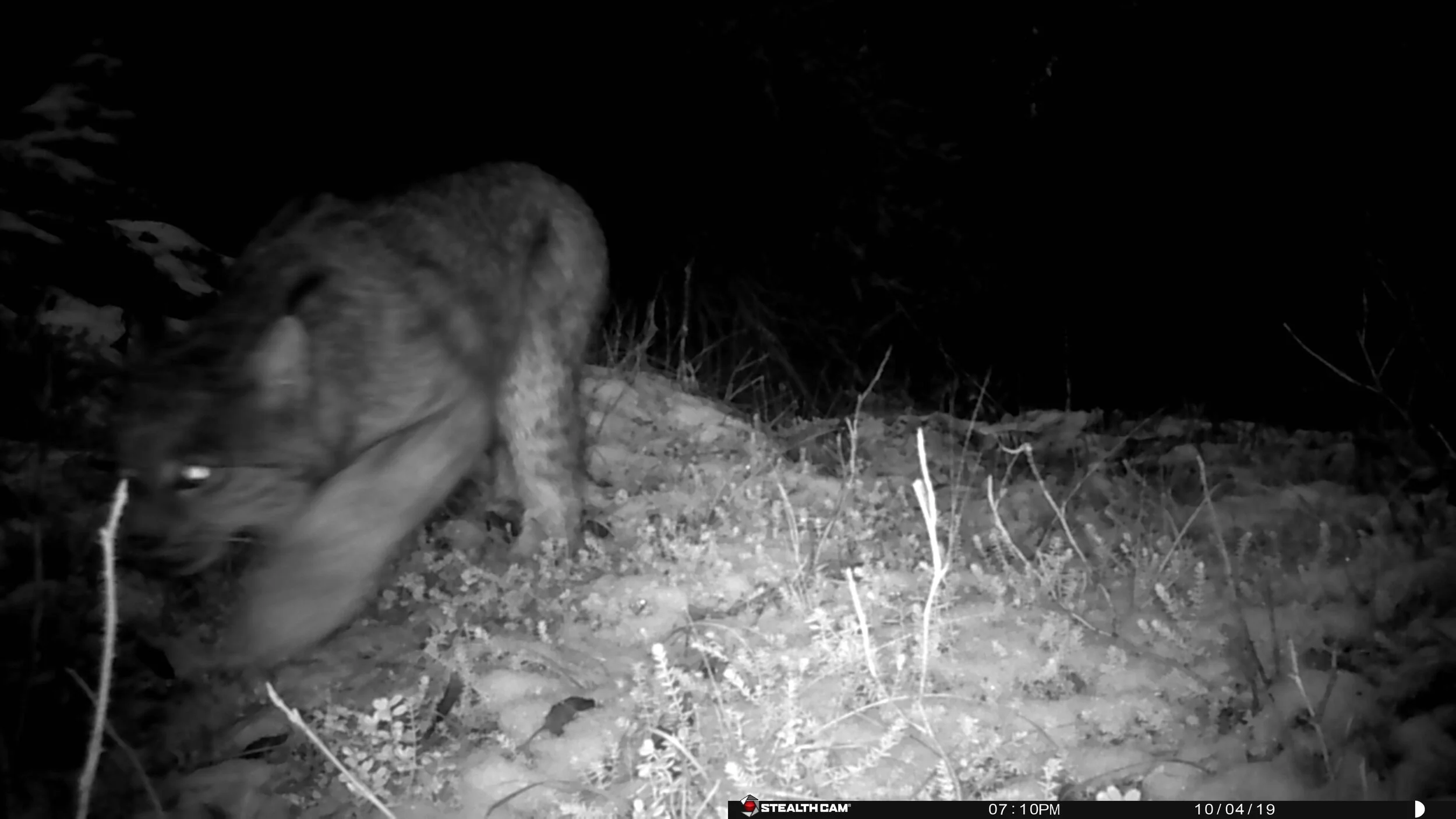

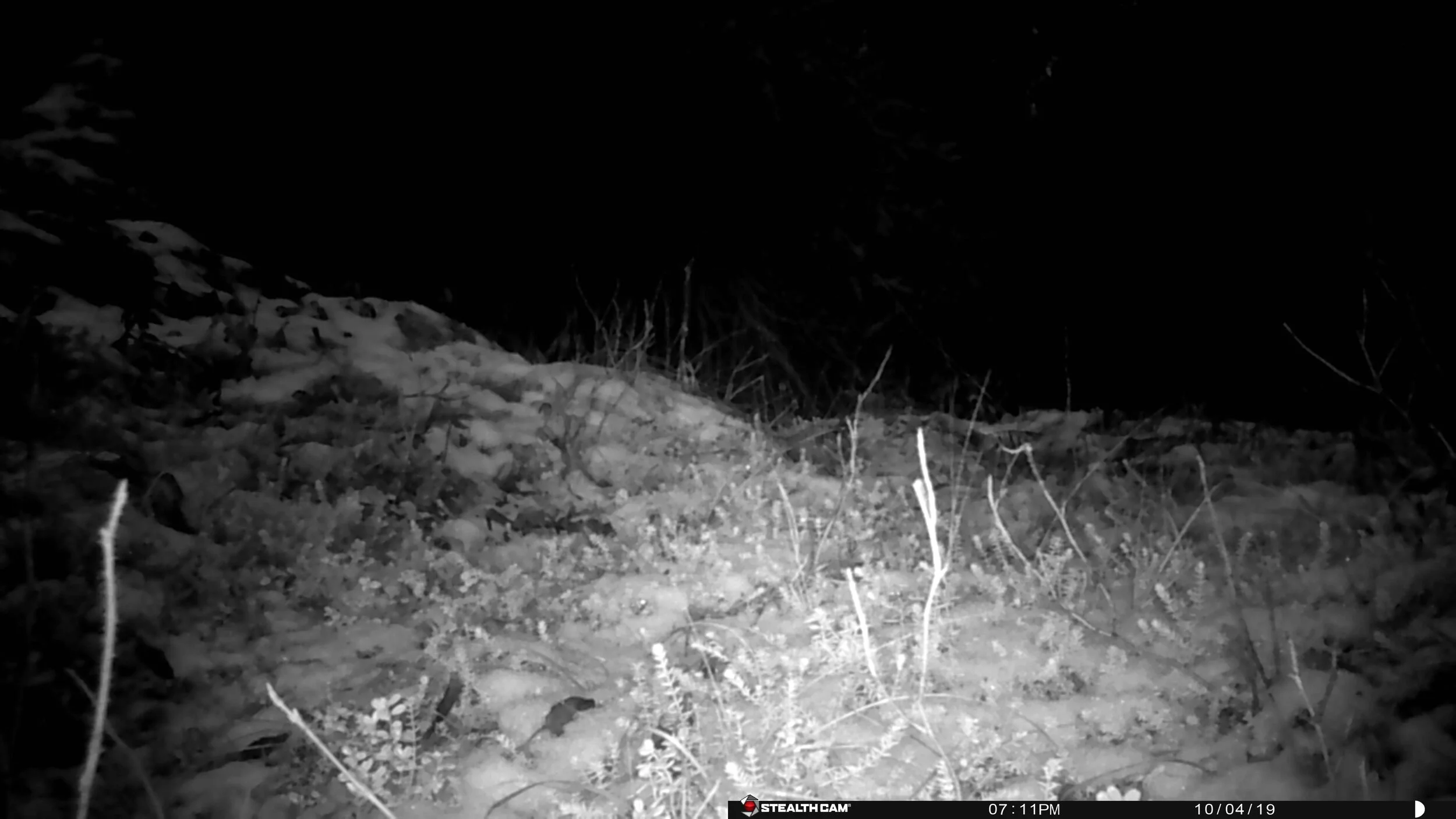

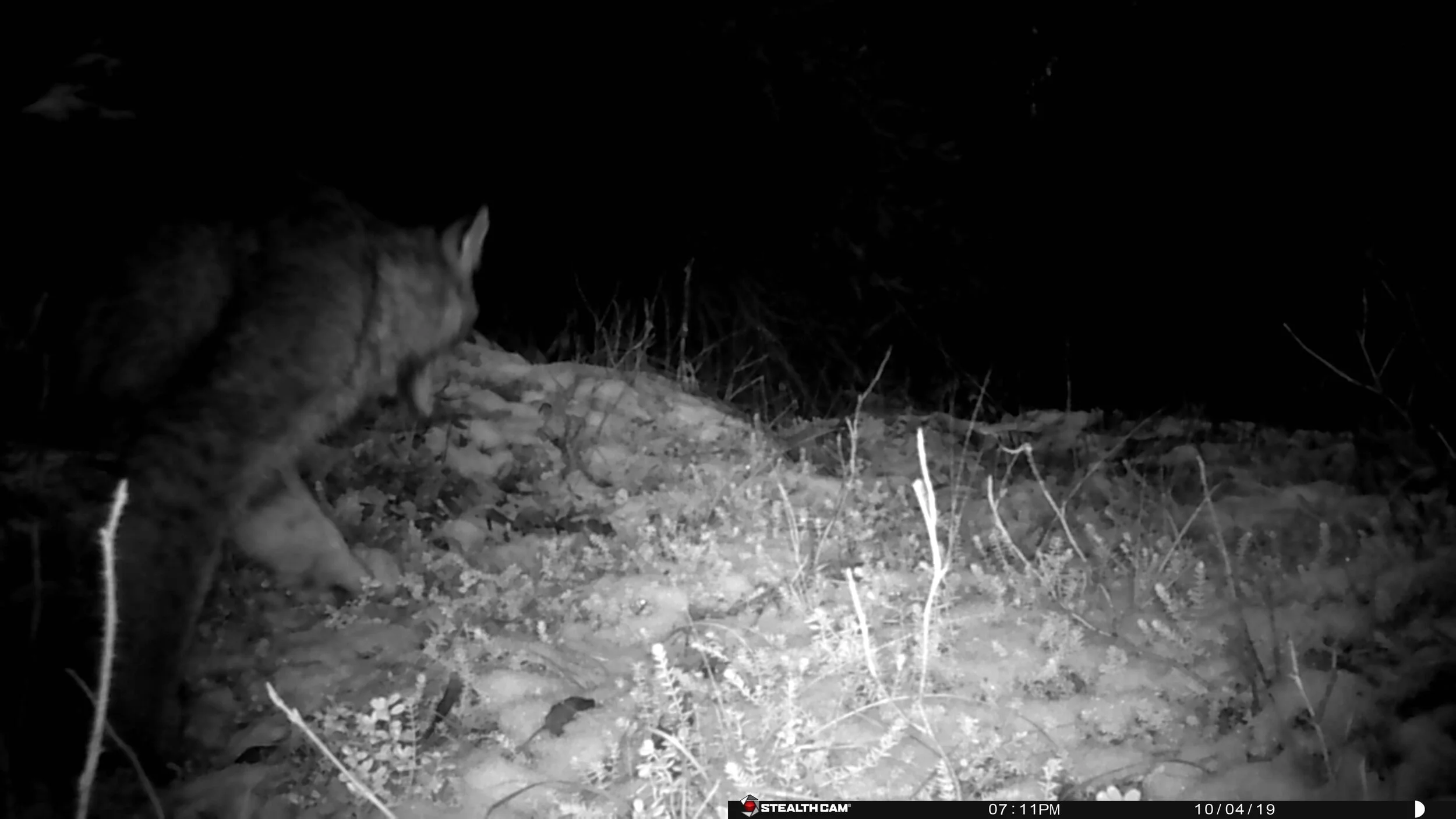
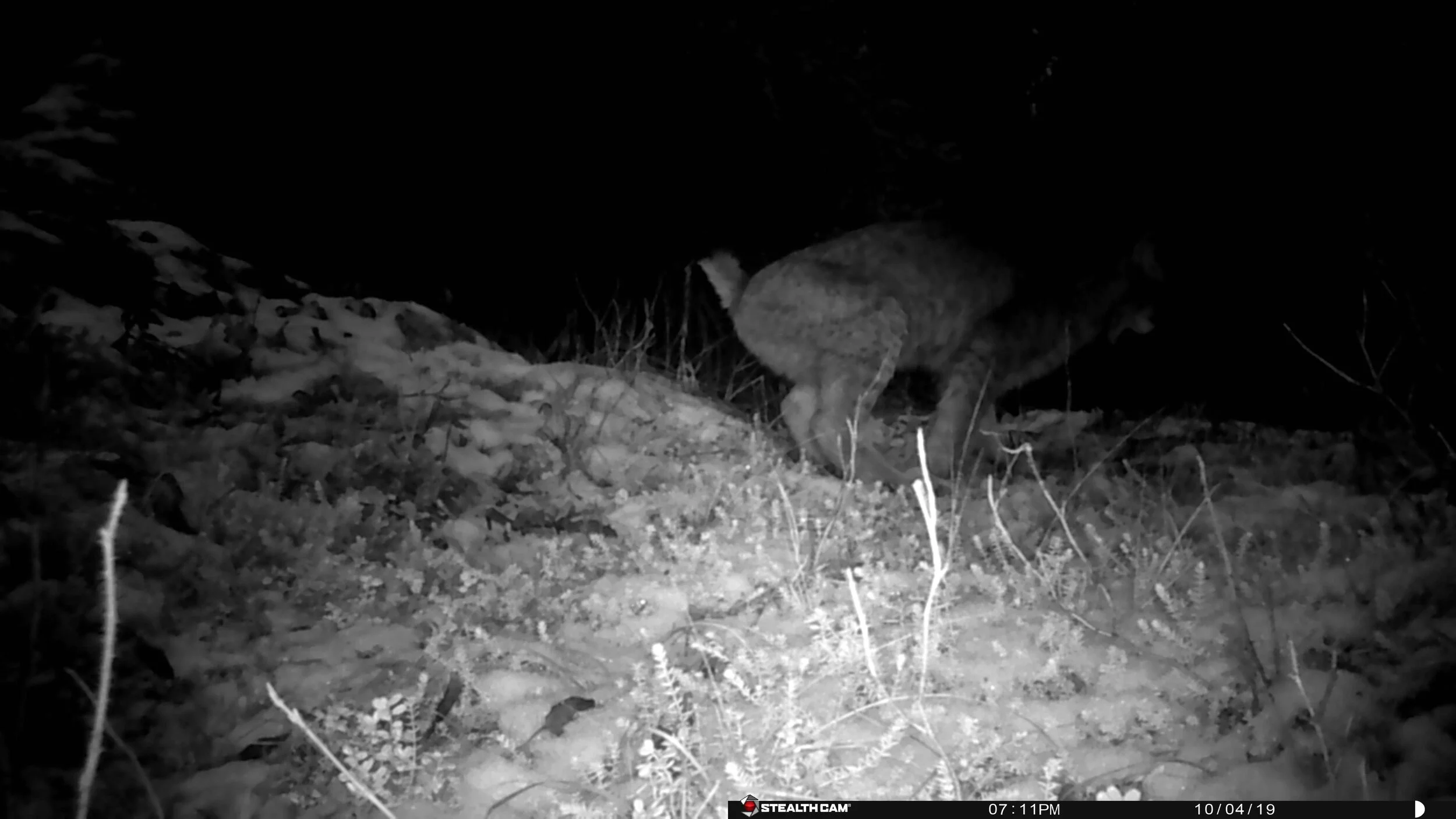
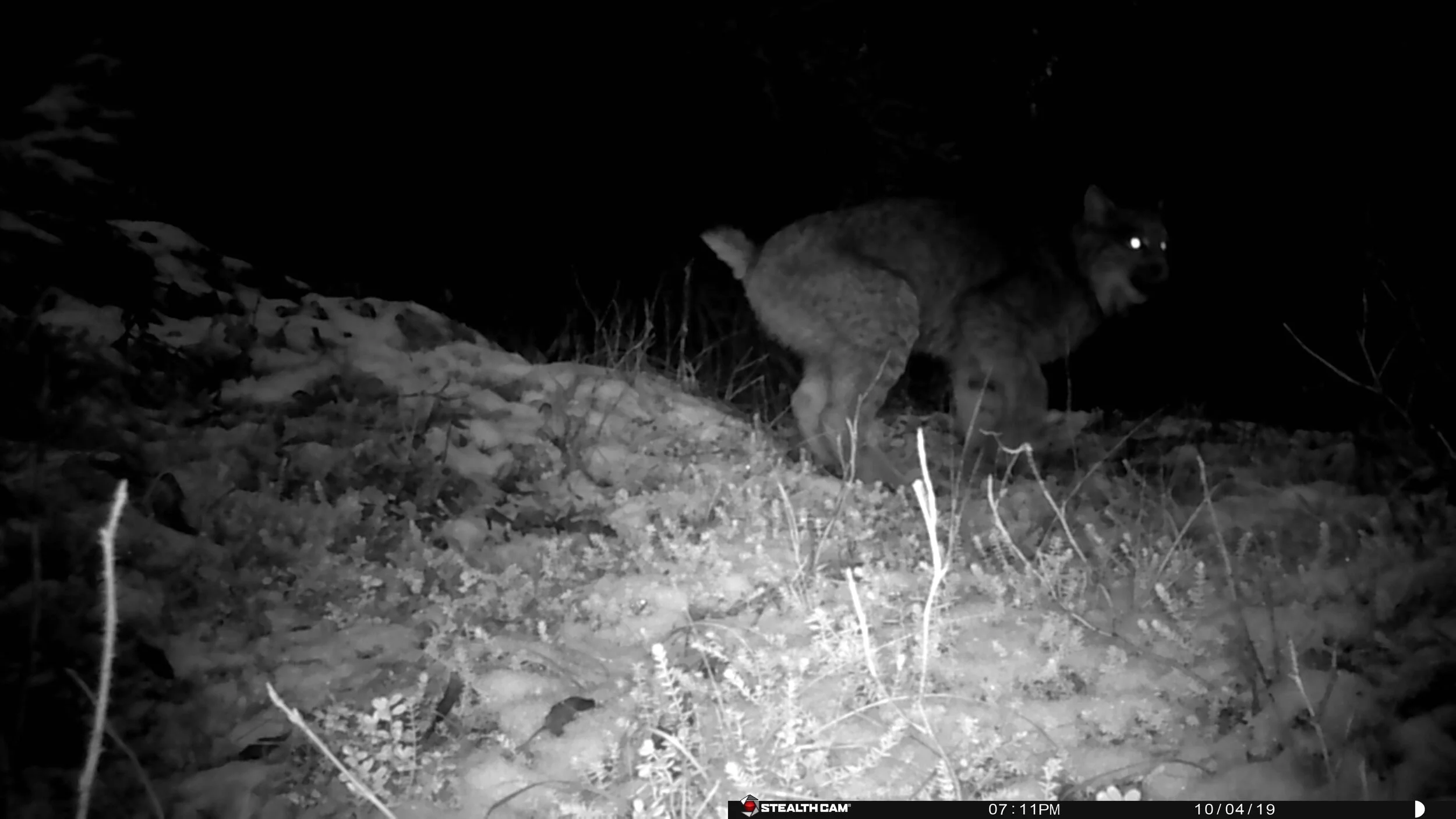
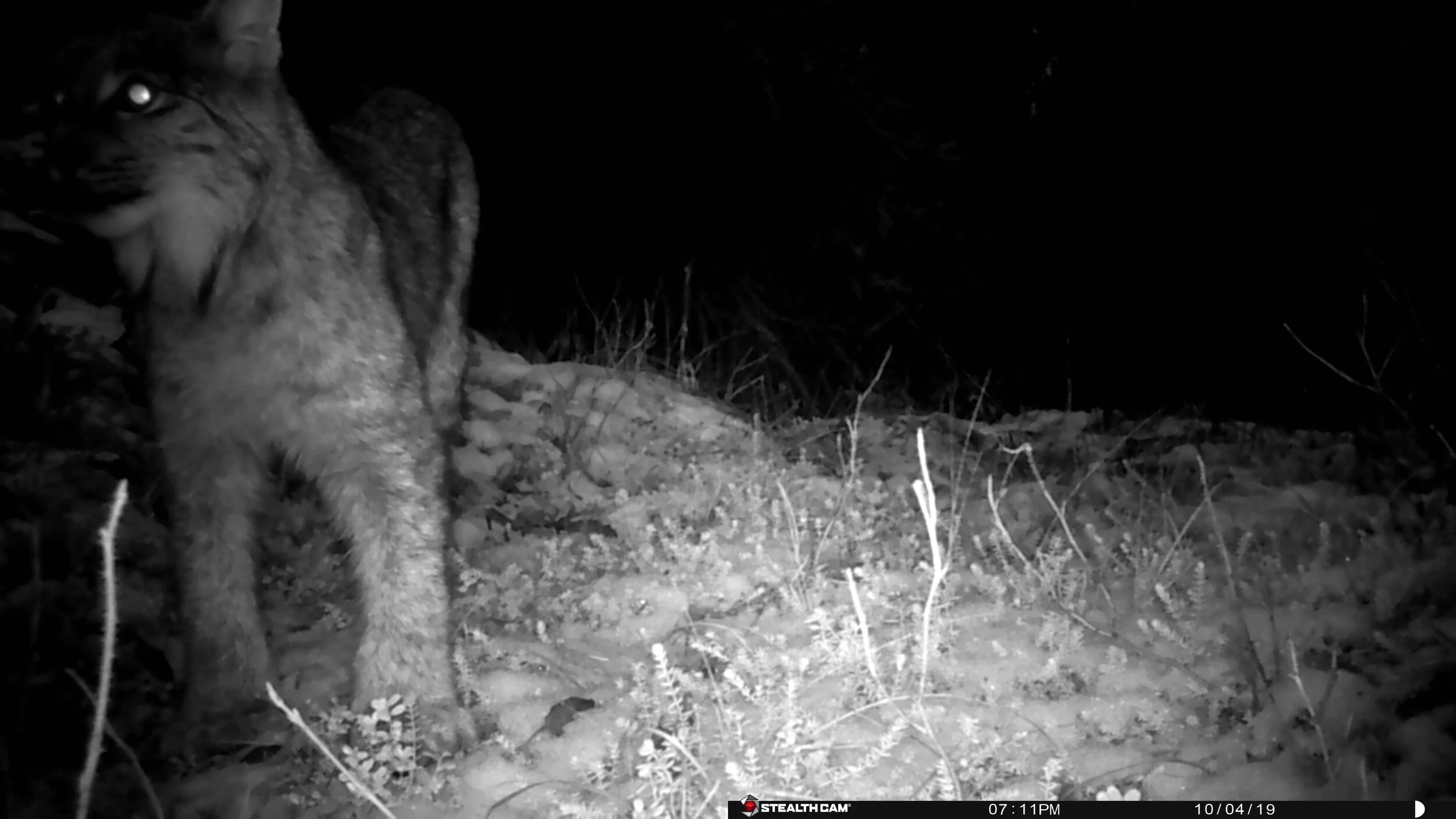
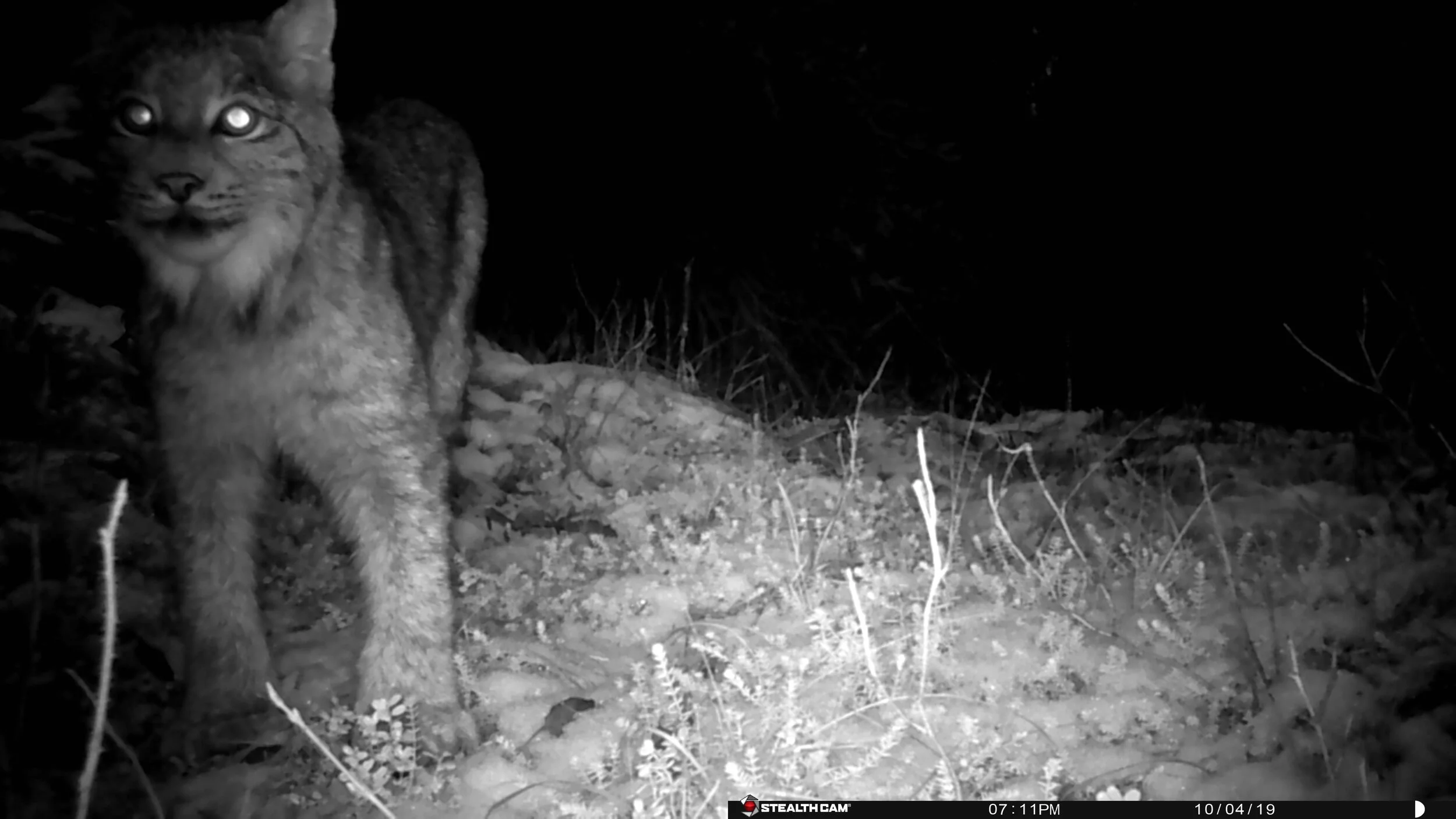

Lynx (Lynx canadensis)
Lynx is generally considered to be a nocturnal animal. However, most of the lynx here in Wrangell-St. Elias National Park acts during the twilight hours. In other words, it can be said that it is a crepuscular animal, even though the cat family is considered as a matutinal animal (active during daytime and adapted night time as well). Their active time appears to be influenced by the behavior of their prey, the snowshoe hare (antipredator adaptation).
Since 90% of lynx diets are snowshoe hare, as the number of snowshoe hares decreases, so does the number of lynxes. This is a normal cycle of nature, and neither species will naturally disappear nor extinct. If the number of lynx decreases, then the number of snowshoe hares increases. This is repeated in a cycle of eight to eleven years, so-called "10-year cycle" is what is called. 2018 was the peak year of the 10-year cycle in north of Wrangell-St. Elias National Park. The next peak is believed to be 2027.
Hair color of snowshoe hare
The change in coat color of snowshoe hare is influenced by the daylight hours. The biological clock or circadian rhythm in them informs the hair moult period.
The photo on the left was taken on a snowy day in mid-October. At this time, the snowshoe hare has still its summer coat. Since it is not the reason that the surrounding color that causes their hair color change, the snowshoe hare cannot respond promptly even if snowfalls.
That is an opportunity for lynx to capture the animals.
For lynx, who rely on their sights (also hearing) to search for prey, the snowshoe hare is an easy target to find. Interestingly, the lynx moves around on a snowy day in October. From my experience, the best season to watch a lynx is 20 days period from October 10th to 30th. The best time in a day is twilight.


I was confident in my patience. I thought I had already acquired an arctic-adapted body and wisdom to be able to shoot for a long time in harsh cold regions. Soon after, however, it turns out that my patience is a way weaker than that of lynx. Because they have half a day to wait to catch their prey no matter how cold it is. In the meantime, the animal waits for a snowshoe hare that doesn't make any noise even they don't know when the prey comes out. They know that this “stealth” style hunt is easier and effective way to succeed than the way that simply running and chasing it.
While I breathe the cold air in the far north...
At the time of writing this story, I haven't achieved my biggest goal. The goal is to capture the scene where the lynx chases the snowshoe hare right in front of me. So, at the beginning of this article, I wrote a "progress report."
I want to see the lynx hunting a snowshoe hare in the Taiga forest in winter. This will be a big edition of my Far North Animal Dairies. It is also a scene that many people would like to see. And I would like to photograph it well and convey the greatness of the athletic ability of the lynx. With one more little hand, I can shoot the scene.
"Thinking is more interesting than knowing, but less interesting than looking."
This is the belief that I value most in photography trip.
What can we know without seeing? How can we know without an experience? You can't get anything without practical work in the field. I prepare myself as much as possible even in a dangerous place, and I devote myself to shoot the scene. I gradually see the way how the animals live in the wild, with feeling the chilling coldness on my skin.
The peak of the 10-year cycle will end next year. If that happens, shooting here will be the last chance this winter. If I miss it, there will be no chance until 2027. Other than changing the shooting location to the Kenai Peninsula.












